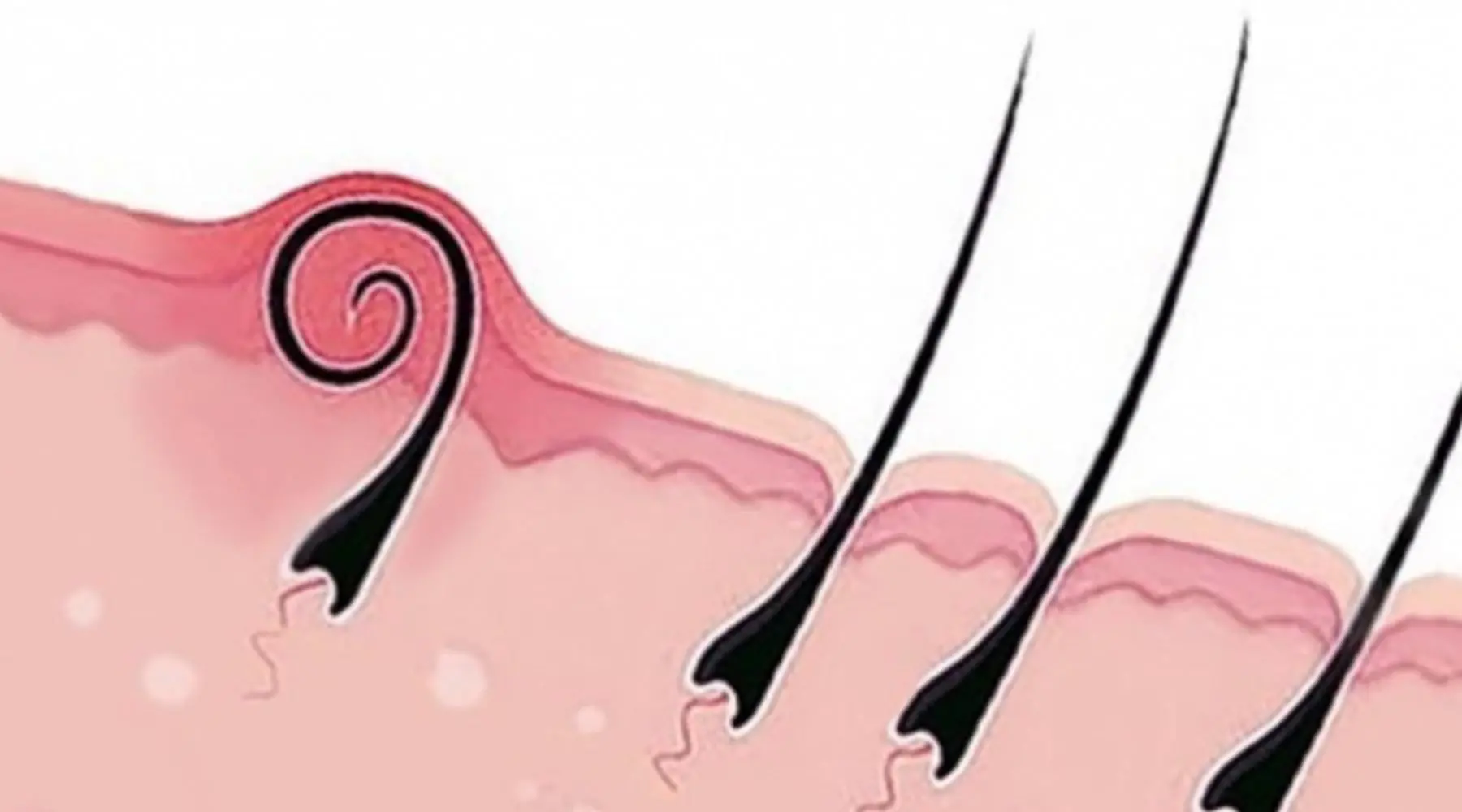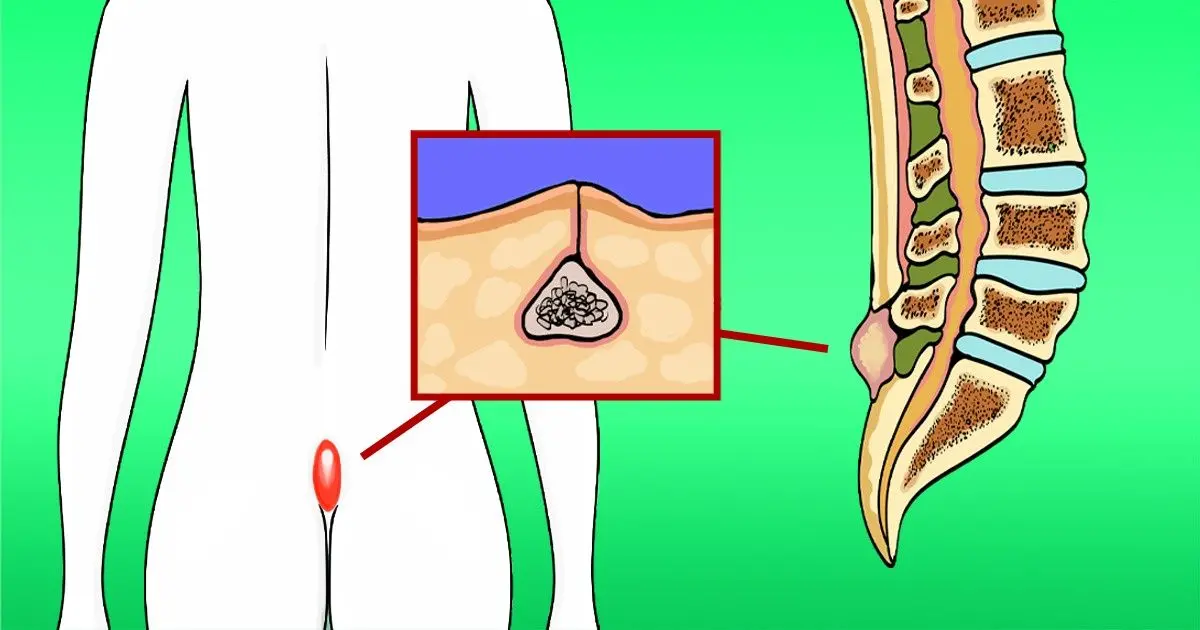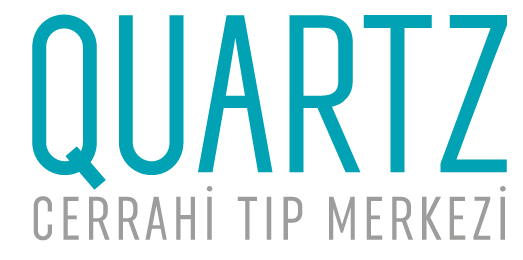
Contents

Pilonidal cyst, medically known as pilonidal sinus, is a chronic infection that usually occurs in the tailbone area due to the accumulation of hair, skin debris, and foreign matter under the skin. If left untreated, the infection may progress and lead to more serious complications. In this article, you’ll find everything you need to know about pilonidal sinus, including causes, symptoms, and modern treatment options.
What Is a Pilonidal Cyst?
A pilonidal cyst is an infected sac located under the skin, typically in the sacrococcygeal (tailbone) region. It often contains embedded hairs and debris, which can lead to inflammation, abscess formation, and chronic discharge.
What Causes Pilonidal Sinus?
Several factors can contribute to the development of pilonidal sinus:
- Prolonged sitting
- Excessive sweating and poor hygiene
- Friction from tight clothing
- Genetic predisposition
- Dense body hair
The structure of the skin and hair in the coccyx area increases the risk of pilonidal cyst formation.

Common Symptoms
- Pain and tenderness in the tailbone area
- Redness and swelling
- Foul-smelling discharge or bleeding
- Discomfort while sitting or walking
- In some cases, fever if abscess is present
What Is Pilonidal Sinus Abscess?
When the cyst becomes infected, it may turn into a pilonidal abscess, causing intense pain, visible swelling, and even fever. This condition requires urgent surgical drainage.
How Is Pilonidal Cyst Diagnosed?
Diagnosis is often based on physical examination. Small openings (sinus tracts) and discharge can be observed in the coccyx area. Imaging techniques such as ultrasound may be used when necessary.
Treatment Options for Pilonidal Cyst
1. Incision and Drainage (Cystotomy Surgery)
This emergency procedure is performed when an abscess is present. It relieves pain and controls the infection.
2. Sinusectomy (Cyst Removal)
After the infection subsides, the entire cyst is surgically removed. Both open and closed techniques can be used depending on the case.
3. Flap Surgery
In recurrent or wide lesions, tissue flaps may be rotated to close the wound, ensuring better cosmetic results and lowering recurrence risk.
4. Laser Treatment
Minimally invasive laser treatment is ideal for suitable patients. It causes minimal tissue damage, shortens recovery time, and leaves less scarring.
Comparative Table: Pilonidal Cyst Treatment Methods
| Treatment Method | When Applied | Advantages | Recovery Time |
|---|---|---|---|
| Cystotomy Surgery | In abscess cases | Rapid relief, infection control | 1–2 weeks |
| Sinusectomy | Full cyst removal | Reduces recurrence, permanent solution | 2–4 weeks |
| Flap Techniques | Large or recurrent cases | Aesthetic healing, low recurrence | 3–5 weeks |
| Laser Treatment | Suitable patient selection | Minimal damage, fast recovery | 1–2 weeks |
Role of Laser Hair Removal in Prevention
To prevent recurrence after pilonidal cyst surgery, laser hair removal in the tailbone area is strongly recommended. Benefits include:
- Reduction in hair regrowth
- Lower recurrence risk
- Improved hygiene and wound care
Our clinic provides specialized post-operative laser hair removal protocols to maximize treatment success.
Risks of Delayed Treatment
- Untreated pilonidal disease may lead to:
- Recurrent abscesses
- Chronic discharge
- Extensive infection of the surrounding tissue
- Tissue damage and scarring
- Early diagnosis and treatment significantly improve outcomes.
Recovery After Pilonidal Cyst Surgery
Recovery depends on the chosen surgical method, ranging from 1 to 5 weeks. Proper wound care, hygiene, and optional laser hair removal help reduce the chance of recurrence.
Cost of Pilonidal Sinus Treatment in Turkey
The cost of pilonidal sinus treatment varies based on the stage of the disease, selected surgical technique, and the patient’s individual needs. To receive a personalized treatment plan and detailed pricing, please contact our clinic for a free initial consultation.

FAQ – Frequently Asked Questions
Can a pilonidal cyst heal on its own?
No. Surgical intervention is required. The condition will not resolve with medication alone.
What is the treatment for a pilonidal abscess?
Immediate drainage is needed, followed by definitive surgery after healing.
How long is recovery after cystotomy?
Recovery typically takes a few weeks. For complete recovery, further surgery may be required.
Does laser hair removal prevent recurrence?
Laser treatment does not guarantee prevention but significantly reduces the risk of recurrence.
Is a tailbone cyst painful?
Yes. Especially if infected, it can cause severe pain and discomfort.
![dr.leyla-arvas-800×1000.jpg[1] dr.leyla arvas](https://www.quartz.com.tr/wp-content/uploads/2024/11/dr.leyla-arvas-800x1000.jpg1_.webp)
Author : Op. Dr Leyla ARVAS
Dr Leyla Arvas is an internationally recognised specialist in aesthetic surgery based in Istanbul. Graduated in 1998 from Istanbul University Faculty of Medicine, she has developed her expertise by studying in Taiwan, Japan and Spain during her 20 years of experience.
This article December 5, 2025 was updated on
Editor: admin@quartz.com.tr


